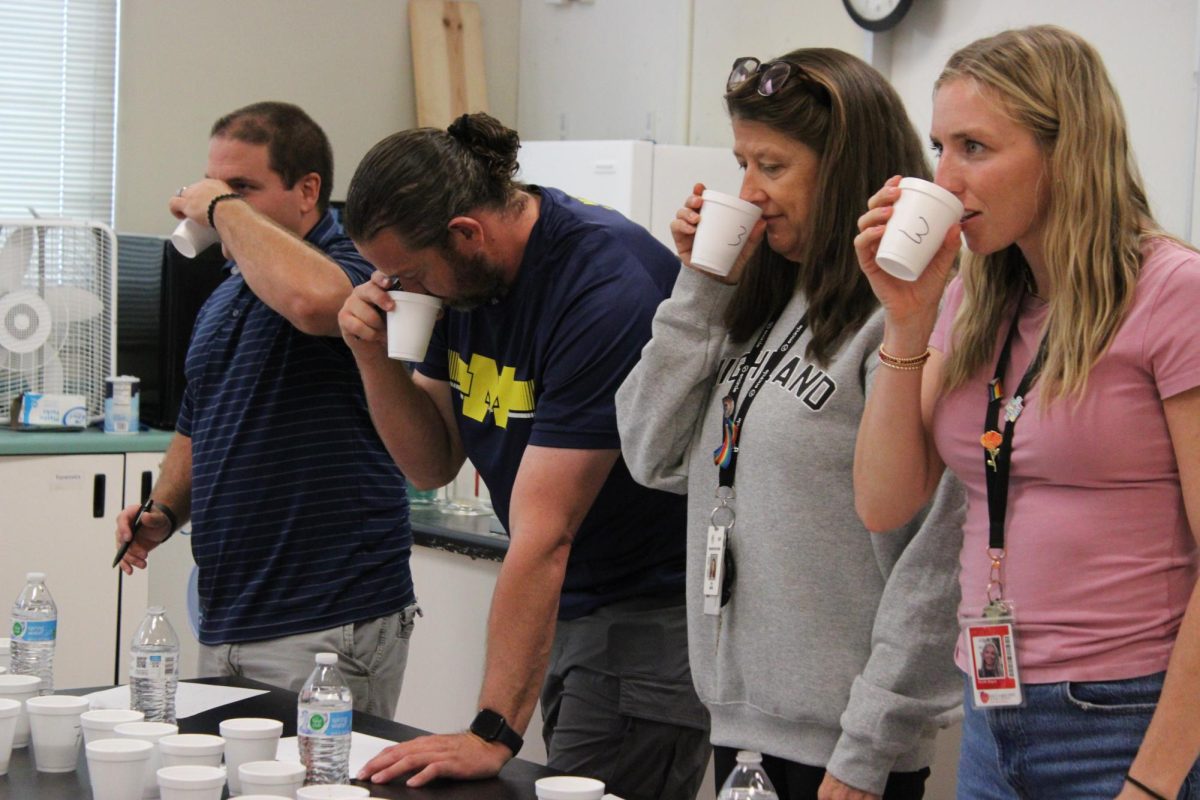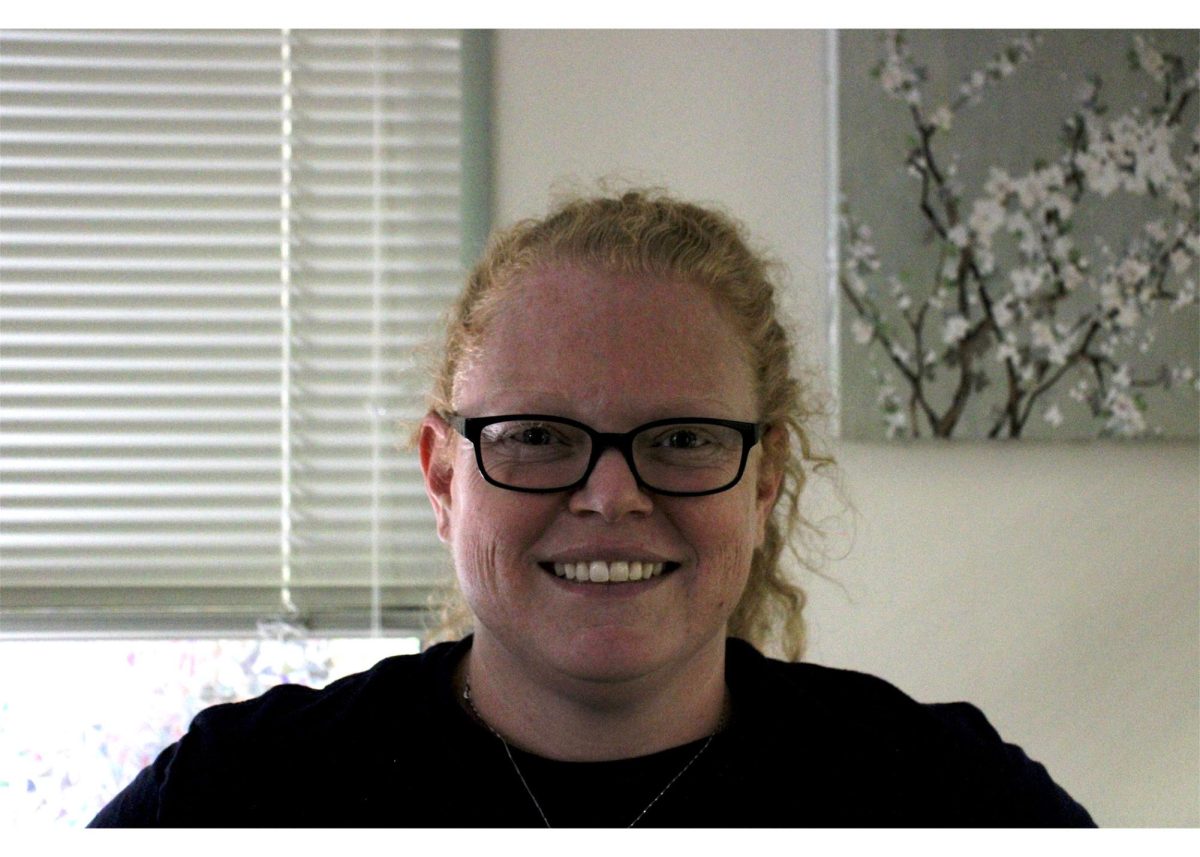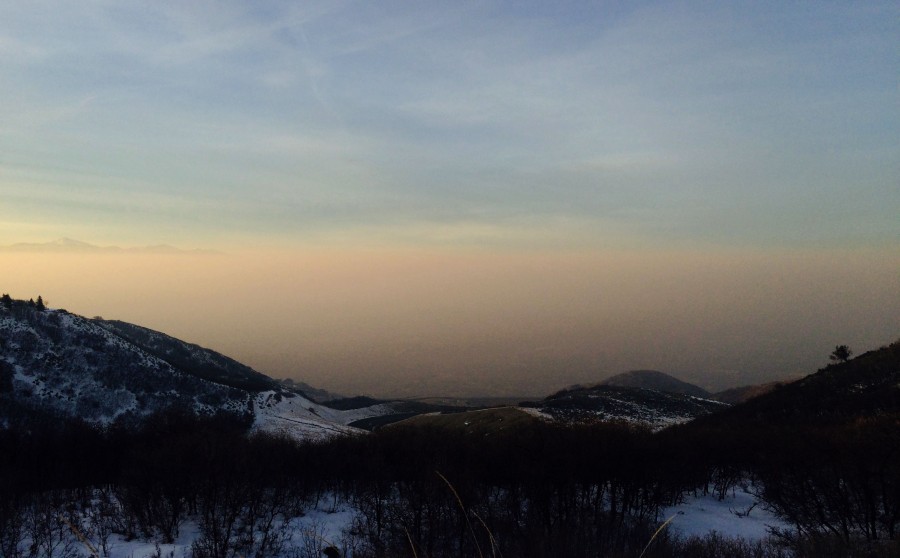Utah’s Air Quality Sparking Discussion
View of Salt Lake’s inversion.
January 15, 2015
Every Utahn has seen the dark, murky layer of haze that sits on top of the valley, especially during the winter-time. The 64th Annual Frederick William Reynolds Lecture Series presented “Under the Air: An Exploration of Utah’s Air Quality,” to inform the public about the realities of Utah’s air. The lecture was held delivered at Libby Gardner Hall at the University of Utah on Wednesday, January 14th. Dr. Dave Whiteman, a researcher in atmospheric sciences, and Dr. Michelle Hoffmann, medical director of Riverton Hospital’s Children’s Unit spoke at the event. The presentation offered a comprehensive view in an understandable manner to spark awareness and coax progress.
While the Salt Lake Valley is known for having bad air, the quality has actually improved over time, something that Whiteman claimed is hard for people to believe. Despite the overall positive trend, Utah is currently in the midst of the worst time of the year, on average, in terms of pollution. The major pollutant in the valley is particulate matter, or particle pollution: specifically PM2.5. This substance is a complex mixture of extremely small particles and liquid droplets. Particle pollution is made up of a number of components, including acids (such as nitrates and sulfates), organic chemicals, metals, and soil or dust particles. PM2.5 in Utah is primarily made of mobile waste (48 per cent), industrial and commercial outputs (13 per cent), and the output of things like heating systems, gas stations and restaurants (39 per cent). The particulate matter rests about 1600 feet above the valley floor, and unfortunately for most residents and visitors, that is well above the location of most housing.
“We better take the tourism advice in Utah and “live life elevated,”” Whiteman joked.
A pressing question concerning this issue is that of “how do we fix it?” According to Whiteman, everyone in Utah is responsible for the air quality in the Salt Lake Valley.
“To start, we should not be a calling this inversion. We should be calling it what it is. Air pollution.”
Hoffman was able to provide a unique insight, seeing as she works intimately with children at Riverton Hospital. Hoffman explained that the poor air quality increased developmental vulnerability, a period when a child has just been born up until he or she is two-years-old. Children who have been exposed to heavily polluted air exhibit a higher rate of infant mortality, and most of the deaths have been due to respiratory illnesses. The surface area of a child’s lungs compared to body weight is larger than an adult’s ratio, which explains in itself why poor air is especially harmful to kids. Interestingly, Hoffman found that the cardiovascular system in an adult is hit worse by poor air than the respiratory system, and there was a higher instance of heart attacks and strokes. These effects may be enhanced if an individual smokes or doesn’t exercise adequately.
Another category of air quality that Hoffman brought up was ozone air pollution, which is associated with summer. Much like the sun burns skin, “ozone is like a sunburn of the lungs.” To avoid damaging lungs, Hoffman recommends to exercise indoors as much as possible.
“A green air day is not a green air day to everyone. If you’re next to a highway, you’re still exposed to the pollutants that cause a red air day,” Hoffman said.
The issue of air quality in Utah has been a long one, but as Whiteman said, it’s improving. The Environmental Protection Agency is attempting to more heavily regulate the amounts of particulate matter that can be released on any given day, and experts are hopeful.






























